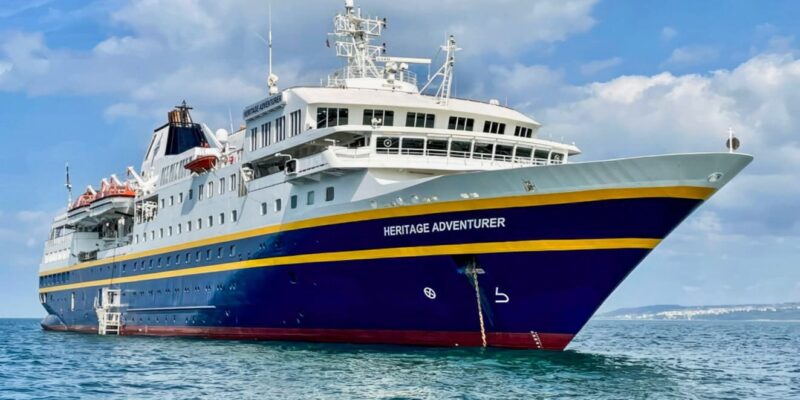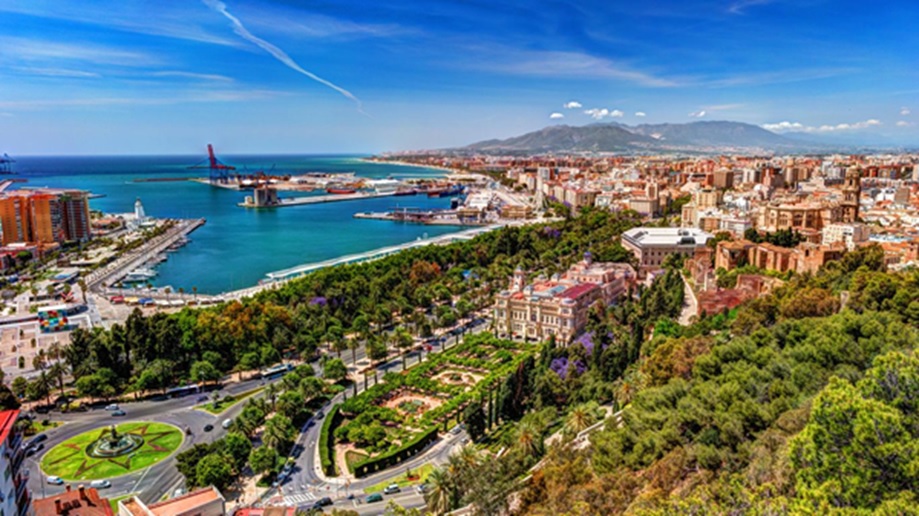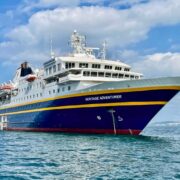Japan, an archipelago of nearly 7,000 islands, is often celebrated for its rich cultural heritage, high-tech cities, and stunning seasonal landscapes. But for the nature lover or the wildlife enthusiast, Japan offers something equally captivating: a surprisingly diverse and unique ecosystem. A coastal cruise around Japan provides a front-row seat to this natural marvel, offering the rare opportunity to experience its wildlife from a completely different perspective.
The geographical position of Japan, stretching from the cold northern reaches of Hokkaido to the subtropical southern islands of Okinawa, creates a diverse range of habitats. These varying climates nurture everything from snow monkeys bathing in hot springs to coral reefs teeming with marine life. Coastal cruising offers a seamless way to explore these vastly different ecosystems, as many ports of call are near nature reserves, national parks, and wildlife-rich islands.
One of the most iconic and memorable wildlife encounters in Japan occurs in the far north: the Japanese red-crowned crane, or tancho, in Hokkaido. Once on the brink of extinction, these elegant birds have made a stunning comeback thanks to decades of conservation efforts. They are particularly enchanting in winter, when they dance across snowy fields in Kushiro Marshland, a behavior both romantic and mesmerizing. A well-planned cruise itinerary may include docking in Kushiro or nearby ports, allowing travelers to take a day trip inland to observe these majestic birds.
Further along the northern coastline, the waters of the Shiretoko Peninsula—designated a UNESCO World Heritage Site—are teeming with marine wildlife. This area, which forms the easternmost tip of Hokkaido, offers sightings of orcas, sperm whales, and even the elusive minke whale. Sea eagles soar above the rugged cliffs, and brown bears are often seen fishing in the rivers that feed into the Sea of Okhotsk. During the spring and summer months, small expedition boats from cruise ships frequently venture into these chilly waters, bringing guests within close proximity of these powerful creatures in their natural setting.
Heading southward, the Japanese archipelago continues to surprise. The Izu and Ogasawara Islands, located hundreds of kilometers off the coast of Tokyo, are often included in Japan cruises focused on nature and exploration. These volcanic islands are sometimes referred to as the “Galápagos of the East” due to their high levels of endemism. Bonin flying foxes (a rare fruit bat species), green sea turtles, and countless unique birds call these islands home. The surrounding waters are a sanctuary for dolphins, humpback whales, and even the occasional blue whale, the largest animal on Earth.
The main islands of Honshu and Kyushu also offer excellent wildlife experiences, particularly for birdwatchers. Wetlands like Lake Biwa and the Ariake Sea estuaries are crucial stopovers for migratory birds, including spoonbills, plovers, and various ducks. Meanwhile, the forests of Yakushima Island, just off the southern coast of Kyushu, are home to the rare and ancient Yakushima macaque and deer. The island’s mystical cedar forests, some trees thousands of years old, inspired the landscapes of Studio Ghibli’s Princess Mononoke. Many cruise itineraries stopping in Kagoshima offer excursions to Yakushima, making it a convenient detour for nature enthusiasts.
For those enchanted by marine life, Japan’s southernmost prefecture, Okinawa, offers unparalleled snorkeling and diving opportunities. Here, coral reefs burst with color and are inhabited by hundreds of species of tropical fish, reef sharks, and sea snakes. The Kerama Islands near Naha are especially famous for their clear waters and abundant marine biodiversity. From the deck of a cruise ship, travelers might catch glimpses of spinner dolphins leaping through the surf or sea turtles gliding just beneath the surface. Some cruise operators offer special glass-bottom boat tours or guided snorkeling expeditions as part of their shore excursions, giving travelers intimate views of this underwater world.
Beyond simply observing wildlife, cruising along Japan’s coasts also provides cultural context that enhances the experience. Many traditional Japanese beliefs and practices are rooted in a deep respect for nature. Shinto shrines nestled in ancient forests, coastal fishing villages practicing sustainable methods passed down for generations, and regional festivals celebrating migratory birds or sea life are all part of the broader story. The seamless integration of nature and culture gives added meaning to each wildlife sighting, transforming a simple observation into a deeper understanding of Japan’s relationship with its environment.
Japan cruises have become increasingly popular for travelers seeking a balance between cultural immersion and natural exploration. With the convenience of unpacking just once, guests aboard these cruises can journey from snow-covered cliffs to tropical reefs in a matter of days. Carefully curated excursions ensure that wildlife encounters are responsible and sustainable, often guided by local naturalists who bring a wealth of knowledge and insight.
Traveling by sea not only makes it easier to reach Japan’s more remote and ecologically sensitive areas, but it also offers a peaceful rhythm that mirrors the natural beauty of the landscapes. There’s a certain magic to watching the sunrise over the calm waters of the Seto Inland Sea or spotting a pod of dolphins dancing alongside the ship’s wake.
Whether you’re an avid birder, a marine biology buff, or simply someone who finds joy in the quiet awe of seeing wild animals in their natural habitats, a coastal cruise around Japan offers one of the most rewarding ways to connect with the country’s hidden natural wonders. With each port of call revealing a new ecosystem, and each wildlife encounter deepening your appreciation for the planet’s diversity, this is a journey that stays with you long after the cruise ends.













Comments